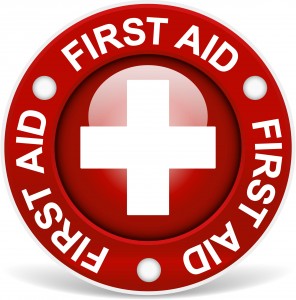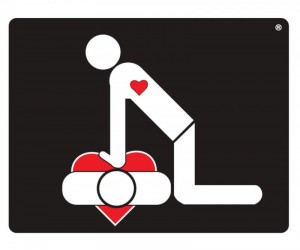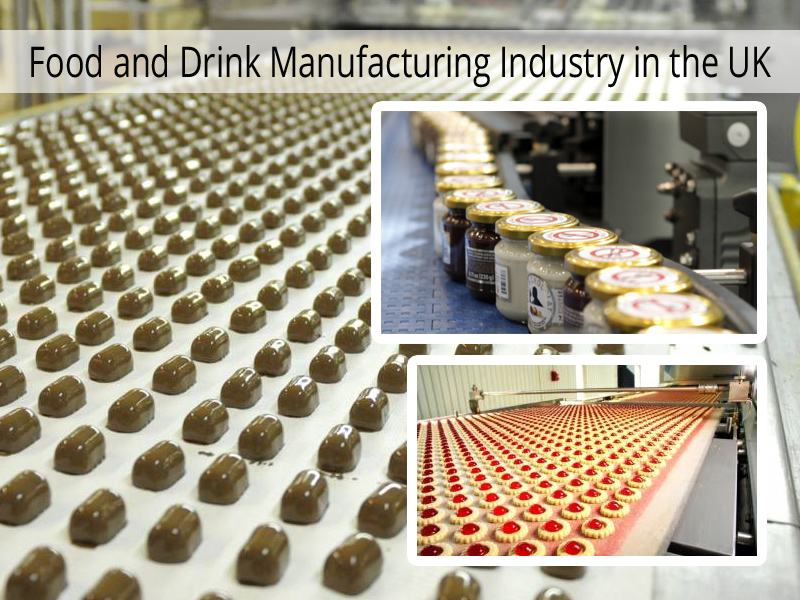First aid demand for students with recognize health care needs should be. Explained in the Student Health bear Plan or Anaphylaxis Management Plan. When an injury causes a nose bleed then an ice pack should not be used instead a cold compress may be used.
The following situation an icepack/cold compress should not be used and medical help should be sought (usually by calling an ambulance:
- loss of consciousness, even if only momentarily
- a less than circumspect conscious state
- suspicion of a fracture
- suspicion of a spinal disfigurement
- damage to eyes or ears
- penetration of the skin
- deep open wounds.
Identify prospective causes of injury and illness :
- check the environment for any potential hazards
- review any incident, injury and ‘near miss’ data available
- consider the nature of activities undertaken
- consult with staff
- obtain specialist or external advice, if required.
Staff who practice first aid should have their position descriptions updated to reflect this extra responsibility. They must receive:
- basic first aid training
- and where required, additional first aid modules to cover:
- the health needs of students attending the school, such as asthma management, administration of the EpiPen; or
- excursions, specific educational programs or activities.
I hope you learn a lot from my blog article!
Visit my website: www.aegis4training.com
BUY OUR ONLINE E – LEARNINGÂ COURSE NOW




